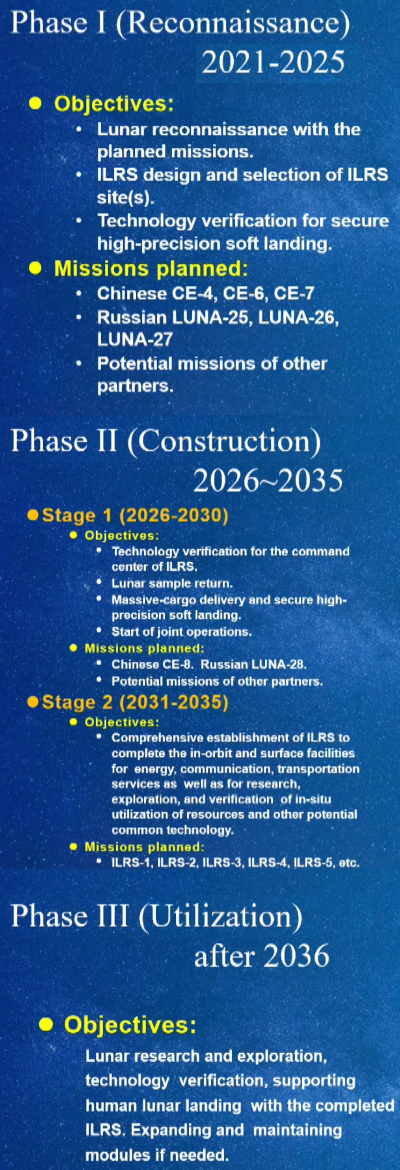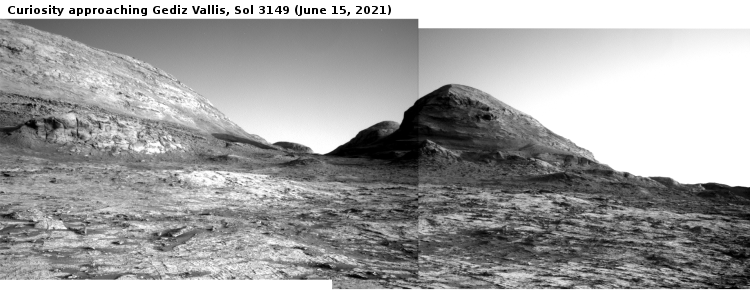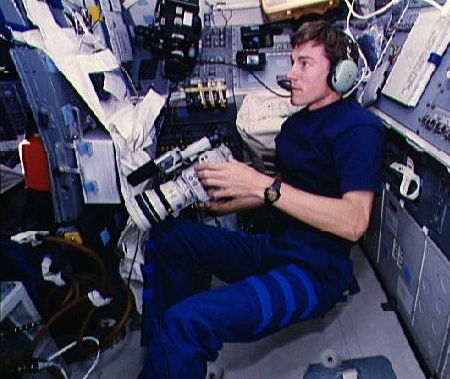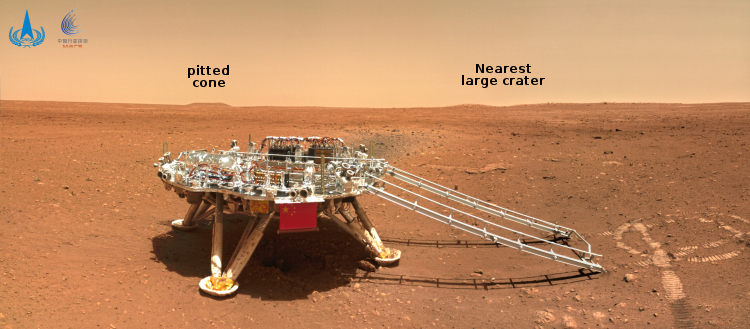China and Russia outline long term plans for building joint lunar base

The governments of China and Russia yesterday announced their long term roadmap for building a joint manned lunar base on the Moon, what they have labeled the International Lunar Research Station (ILRS).
The graphic to the right, rearranged by me from the PowerPoint slides released by the two governments, shows the overall plan.
The first phase, starting now and running through ’25, will involve six already planned unmanned missions by both countries, three each. Of the three Chinese unmanned missions, Chang’e-4, Chang’e-6, and Chang’e-7, the first is already operating on the Moon, as it includes the Yutu-2 rover. Based on China’s recent track record, it would be reasonable to expect the other two Chang’e missions to fly as planned.
Of the three Russian missions, Luna 25 is scheduled to launch later this year, making it the first all-Russian-built planetary mission in years and the first back to the Moon since the 1970s. The other two Russian probes are supposedly under development, but based on Russia’s recent track record in the past two decades for promised space projects, we have no guarantee they will fly as scheduled, or even fly at all.
The second phase, running from ’26 to ’35, will begin construction, though the details are vague.
The third phase, when China & Russia say they will begin full operations in ’36, is even more vague, merely stating the objective of human “lunar research and exploration”.
The pace matches well with the typically slow pace of these kind of government programs. It not only matches with the pace that China has shown in its entire manned program, with manned missions sometimes separated by years, it also matches the sluggish long term roadmap that NASA has put forth for its own Artemis program on the Moon. It also fits with Russia’s recent pattern, which is to repeatedly announce big projects and goals, with little actual execution to follow.
At first glance the plan suggests that we are in a new space race between the United States and its national partners in the capitalist west and the authoritarian governments of China and Russia. That may be so, but I think the real race will be between the government programs in China, Russia, and the U.S. and the efforts by private commercial companies aiming to make profits in space. And if you ask me to bet on who will get more accomplished faster for less money, I will hands down put my money on those private companies. The more profit they make, the faster they will push to move forward, and will quickly leave these sedate government programs in the dust.

The governments of China and Russia yesterday announced their long term roadmap for building a joint manned lunar base on the Moon, what they have labeled the International Lunar Research Station (ILRS).
The graphic to the right, rearranged by me from the PowerPoint slides released by the two governments, shows the overall plan.
The first phase, starting now and running through ’25, will involve six already planned unmanned missions by both countries, three each. Of the three Chinese unmanned missions, Chang’e-4, Chang’e-6, and Chang’e-7, the first is already operating on the Moon, as it includes the Yutu-2 rover. Based on China’s recent track record, it would be reasonable to expect the other two Chang’e missions to fly as planned.
Of the three Russian missions, Luna 25 is scheduled to launch later this year, making it the first all-Russian-built planetary mission in years and the first back to the Moon since the 1970s. The other two Russian probes are supposedly under development, but based on Russia’s recent track record in the past two decades for promised space projects, we have no guarantee they will fly as scheduled, or even fly at all.
The second phase, running from ’26 to ’35, will begin construction, though the details are vague.
The third phase, when China & Russia say they will begin full operations in ’36, is even more vague, merely stating the objective of human “lunar research and exploration”.
The pace matches well with the typically slow pace of these kind of government programs. It not only matches with the pace that China has shown in its entire manned program, with manned missions sometimes separated by years, it also matches the sluggish long term roadmap that NASA has put forth for its own Artemis program on the Moon. It also fits with Russia’s recent pattern, which is to repeatedly announce big projects and goals, with little actual execution to follow.
At first glance the plan suggests that we are in a new space race between the United States and its national partners in the capitalist west and the authoritarian governments of China and Russia. That may be so, but I think the real race will be between the government programs in China, Russia, and the U.S. and the efforts by private commercial companies aiming to make profits in space. And if you ask me to bet on who will get more accomplished faster for less money, I will hands down put my money on those private companies. The more profit they make, the faster they will push to move forward, and will quickly leave these sedate government programs in the dust.








